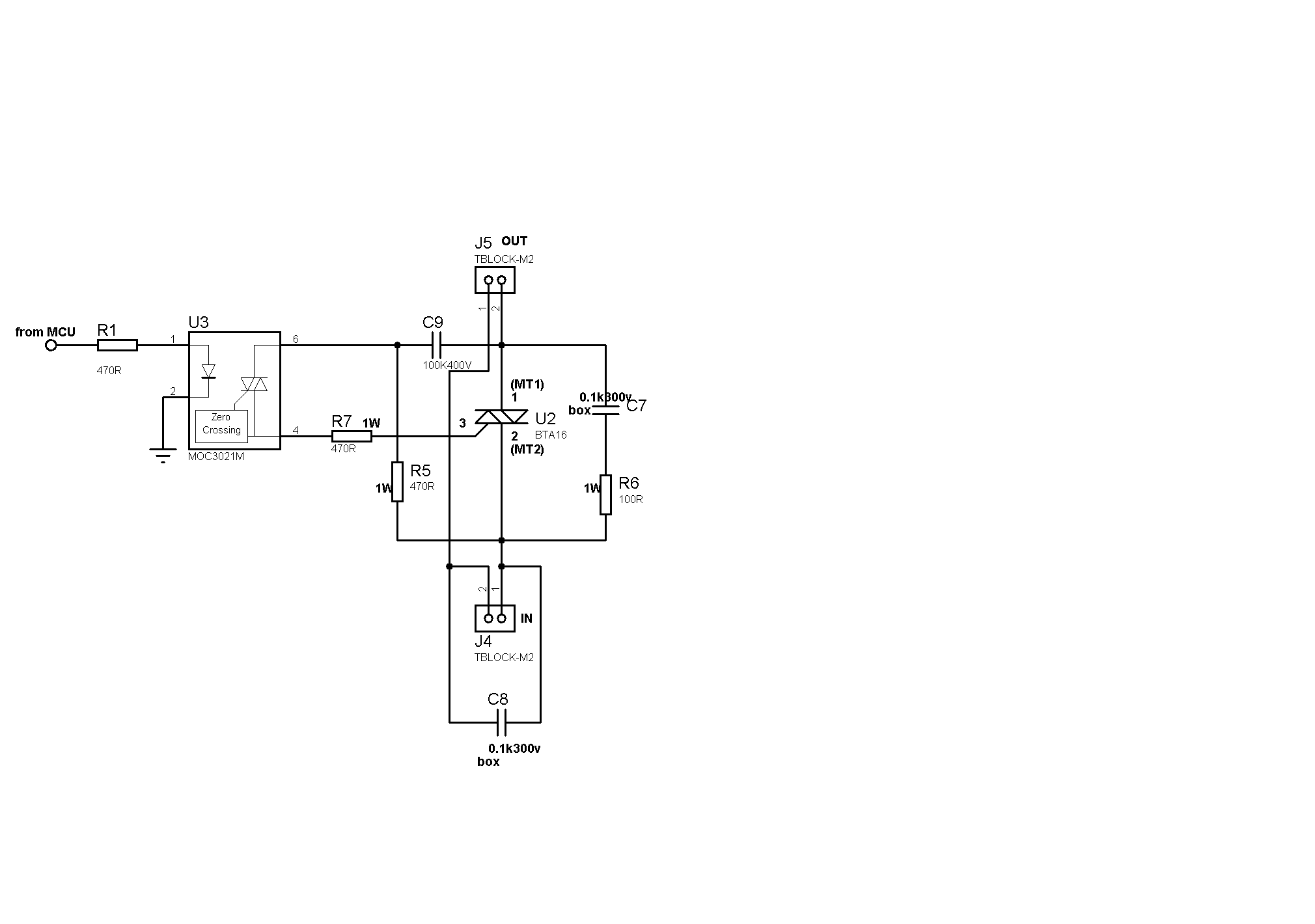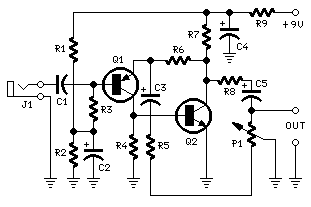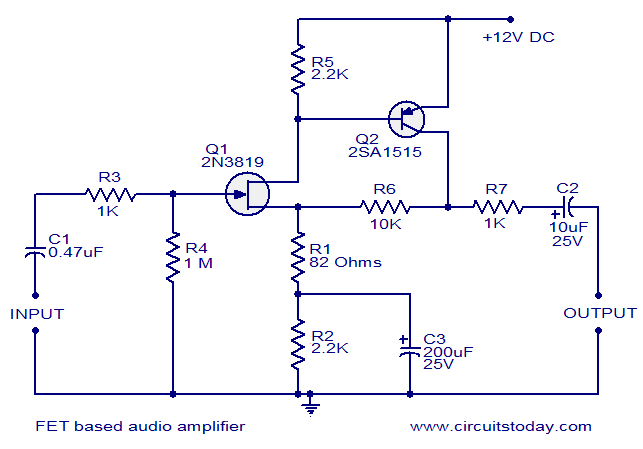
Modular Preamplifier Switching Center

Four high-level inputs, double bar switching. This module can be a necessary addition to the Modular Preamplifier Control Center when more than two sources are required.
The described circuit module serves as an interface for connecting multiple audio sources to a Modular Preamplifier Control Center. It features four high-level input channels, allowing for the integration of various audio devices, such as CD players, streaming devices, or other line-level audio sources. The double bar switching mechanism facilitates seamless selection between these inputs, providing an efficient way to manage audio sources without signal degradation.
The module's design typically incorporates a set of high-quality relays or electronic switches that handle the selection of inputs. Each input channel is equipped with appropriate connectors, such as RCA or XLR, to ensure compatibility with a wide range of audio equipment. The high-level input specification indicates that the module can handle signals from devices that output line-level audio, ensuring optimal performance without distortion.
In addition to its input capabilities, the module may include status indicators, such as LED lights, to visually represent which input is currently active. This feature enhances usability, allowing users to quickly identify the selected source. The integration of this module into the preamplifier control center not only expands the number of available audio sources but also streamlines the user experience by providing a centralized control point for audio management.
Overall, this module is a significant enhancement for audio systems that require versatility and ease of use when switching between multiple high-level input sources. Its robust design and functionality make it an essential component for any comprehensive audio setup.Four high level inputs, Double Bar switching This module can be a necessary addition to the Modular Preamplifier Control Center when more than two sources.. 🔗 External reference
The described circuit module serves as an interface for connecting multiple audio sources to a Modular Preamplifier Control Center. It features four high-level input channels, allowing for the integration of various audio devices, such as CD players, streaming devices, or other line-level audio sources. The double bar switching mechanism facilitates seamless selection between these inputs, providing an efficient way to manage audio sources without signal degradation.
The module's design typically incorporates a set of high-quality relays or electronic switches that handle the selection of inputs. Each input channel is equipped with appropriate connectors, such as RCA or XLR, to ensure compatibility with a wide range of audio equipment. The high-level input specification indicates that the module can handle signals from devices that output line-level audio, ensuring optimal performance without distortion.
In addition to its input capabilities, the module may include status indicators, such as LED lights, to visually represent which input is currently active. This feature enhances usability, allowing users to quickly identify the selected source. The integration of this module into the preamplifier control center not only expands the number of available audio sources but also streamlines the user experience by providing a centralized control point for audio management.
Overall, this module is a significant enhancement for audio systems that require versatility and ease of use when switching between multiple high-level input sources. Its robust design and functionality make it an essential component for any comprehensive audio setup.Four high level inputs, Double Bar switching This module can be a necessary addition to the Modular Preamplifier Control Center when more than two sources.. 🔗 External reference





